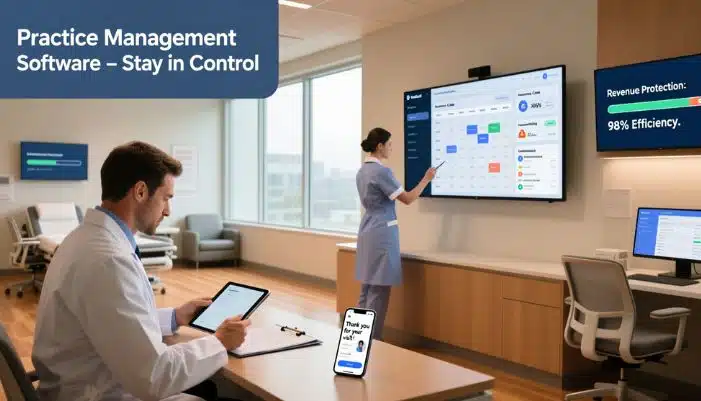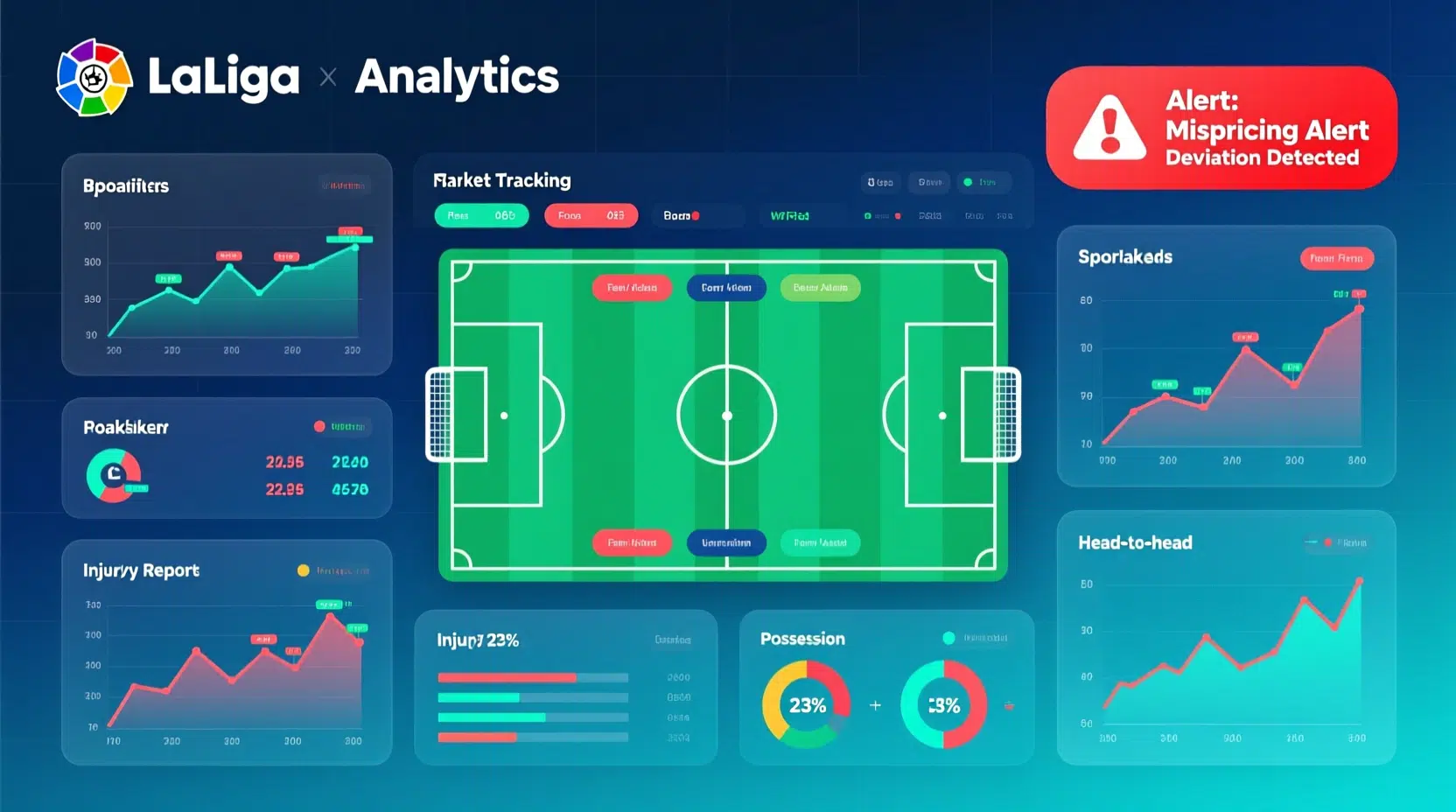Running a healthcare practice today is more complicated than ever. Between patient care, insurance claims, compliance, scheduling, and billing, the to-do list for any medical office is nonstop. The challenge isn’t just doing the work—it’s doing it efficiently, accurately, and in a way that keeps patients happy and the lights on.
That’s where practice management software becomes not just helpful, but essential.
If you’ve ever wondered why you need practice management software, the answer isn’t about keeping up with technology—it’s about staying in control. This software doesn’t just make administrative tasks easier. It supports your entire operation, protects your revenue, and allows your team to focus on what really matters: caring for patients.
The Reality of Running a Healthcare Practice
Let’s start with the basics. Running a practice means managing a constant flow of data, tasks, and decisions:
- Scheduling appointments
- Checking insurance eligibility
- Documenting patient visits
- Coding and billing services
- Submitting claims to insurance
- Managing denials and rejections
- Following up on patient payments
- Complying with regulations and audits
- Generating reports for performance tracking
Doing all of this manually—or across multiple disconnected systems—is not only exhausting, it increases the risk of human error, delayed payments, and unhappy patients. Practice management software pulls all of these tasks into one platform, streamlining how a practice functions day to day.
What Does Practice Management Software Actually Do?
To understand why you need practice management software, it helps to look at what it offers:
1. Scheduling and Appointment Management
This is where everything begins. A good PMS allows front-desk staff to easily book, cancel, or reschedule appointments and see provider availability in real time. Many systems also send automated reminders to reduce no-shows and late arrivals.
2. Insurance Verification
Nothing derails a visit like a surprise coverage issue. Practice management software can instantly check a patient’s insurance eligibility, preventing unnecessary denials or billing delays.
3. Medical Billing and Coding Support
PMS helps ensure that procedures and diagnoses are coded correctly. This reduces claim errors and supports accurate reimbursement from payers.
4. Claims Submission and Tracking
From the moment a claim is created to the moment it’s paid, the software keeps track of its progress. It flags rejections, suggests corrections, and provides updates—so no claim falls through the cracks.
5. Denial Management
Claims often get denied for small mistakes. PMS systems assist with denial management in the revenue cycle by identifying the reason for denial, categorizing it, and guiding staff on how to fix and resubmit quickly. Over time, it helps identify patterns and prevent repeat issues.
6. Patient Billing and Payments
Once insurance pays its share, the PMS calculates patient responsibility and can generate bills or send payment reminders. Some systems even support online payments for added convenience.
7. Reporting and Insights
Whether you’re tracking daily appointments, monthly revenue, or denial rates, practice management software gives you the data to make smarter business decisions.
How It Improves the Patient Experience
It’s easy to focus on how practice management software helps the office—but it also makes things better for patients.
- Faster check-ins and shorter wait times
- Fewer billing surprises because insurance details are verified ahead of time
- Better communication through appointment reminders and follow-ups
- Easy-to-understand bills and convenient payment options
When operations run smoothly, patients feel the difference.
Why It’s Crucial for Financial Health
Revenue cycle management starts with scheduling and ends with the final payment collected. At every step in between, there are opportunities for delays, errors, or missing information.
This is especially true when dealing with insurance claims. Even a small documentation or coding error can lead to denial. Without a good system in place, denied claims may go unnoticed—or get lost in the pile.
That’s why denial management in the revenue cycle is such a critical component of practice management software. Instead of scrambling to figure out why a claim was rejected weeks later, you get alerts, root cause insights, and tools to respond right away.
By reducing denials and speeding up corrections, practices get paid faster and more consistently.
The Cost of Not Having Practice Management Software
Some practices still operate with spreadsheets, paper charts, or a mix of disconnected programs. And while that might get the job done on a small scale, it creates serious risks:
- Missed revenue opportunities from preventable claim denials
- Slow billing and payment cycles
- Inefficient staff workflows that waste time
- Limited visibility into practice performance
- Higher patient frustration due to disorganization
In today’s healthcare environment, where margins are tight and expectations are high, those risks are too costly to ignore.
Choosing the Right Software
Not all practice management systems are created equal. When evaluating options, focus on:
- Ease of use for your team
- Integration with your EHR system
- Strong reporting and analytics tools
- Reliable customer support
- Capabilities for insurance verification and denial tracking
It’s not about buying the most complex software—it’s about finding a solution that fits your workflow and actually helps you work smarter.
Final Thoughts
The question isn’t really why you need practice management software—it’s how long can your practice operate without it before things start slipping?
From streamlining appointments to strengthening denial management in the revenue cycle, practice management software helps healthcare practices stay organized, financially healthy, and patient-focused. It’s the behind-the-scenes tool that keeps everything running.
At a time when healthcare demands are higher than ever, practices that invest in the right systems aren’t just keeping up—they’re building the foundation for long-term success.



